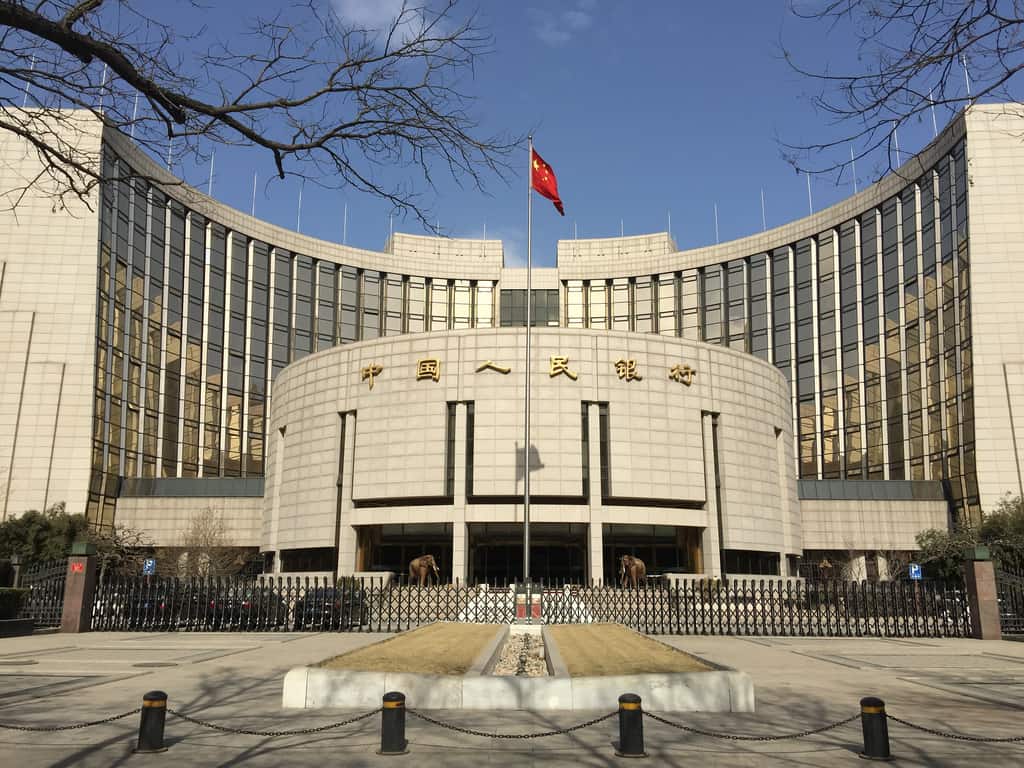The People’s Bank of China’s (PBOC) latest cut to the reserve requirement ratio (RRR) is expected to free up at least 500 billion yuan in long-term funds for the Chinese financial system.
On 25 November PBOC announced that starting from 5 December it would reduce the RRR for Chinese financial institutions by 0.25 percentage points, with the exception of those who are currently subject to a 5% RRR.
The move is set to reduce the weighted average RRR for Chinese financial institutions to 7.8%, as well as unleash around 500 billion yuan in long-term funds and reduce the annual funding costs for financial institutions by approximately 5.6 billion yuan.
A PBOC official said that the goals of the cut include:
- Maintaining rationally ample liquidity, maintaining rational growth in the quantity of money and loans, implementing the raft of policies and measures for stabilising the economy, expanding the intensity of support for the real economy, and supporting effective increases in the quality of the economy and rational quantitative growth.
- Structural optimisation of financial institution funds, increasing long-term stable funding sources for financial institutions, strengthening the ability of financial institutions to allocate funds, and supporting micro, small and medium enterprises and sectors adversely affected by Covid.
- Reducing the annual funding costs of financial institutions by approximately 5.6 billion yuan, and using financial institutions to transmit reductions in the comprehensive financing costs of the real economy.
Zhou Maohua (周茂华), financial markets macro-economic researcher with Everbright Bank, said to state-owned media that the cut would serve to further narrow the space for further RRR reductions in future, while PBOC places heavy emphasis on maintaining room for regular policy operation.
Zhou said that the introduction of a range of structural monetary policy tools prior to the announcement of the RRR cut had the effect of expanding injections of base money, and helping to maintain rationally ample liquidity.
“At present the domestic economy faces many complex variables, and policy needs to balance multiple objectives,” Zhou said. “Monetary policy must maintain moderate growth in overall quantity, and guide financial institutions to make more effective use of structural tools, to increase the precision, quality and effectiveness of policy.”
Zhou highlighted the impact of the RRR cut across three areas.
- Increasing the ability of banks to expand lending, and expanding the intensity of support for key economic areas including micro-and-small enterprises, weak links in the real economy and infrastructure, as well as satisfying rational financing demand in the real estate market.
- Maintaining rationally ample liquidity, particularly given that 500 billion yuan in medium-term lending facilities are set to mature in December and demand for liquidity rises towards the end of the year.
- Stabilising market expectations of rationally ample liquidity, particularly amidst recent market volatility.
Zhou expects the cut to provide support to the equities market, yet not provide support for large-scale declines in bond market yields.
He said that the cut is “good news” for the renminbi exchange rate, as it does not change the fundamental theme of stable monetary policy.
Dong Ximiao (董希淼), chief researcher with MUCFC, highlighted recent lacklustre financial data and weak demand for funds as a key driver for the RRR cut.
“Looking at the total social financing and financial statistical data released by the central bank on 10 November, in October total social financing growth and lending growth both fell,” Dong said.
“Even though growth in medium and long-term enterprise loans maintained buoyancy, growth in household lending remained lacklustre. This reflects continued insufficiency in effective financial demand, and the heavy downward pressure faced by the macro-economy.
“For this reason, China’s monetary policy should further expand intensity of implementation, and the cut to the reserve ratio is necessary and urgent.
“Looking at October data, year-on-year growth in CPI was 2.1%, so inflation was soft and controllable, and future inflationary pressure isn’t large. The current RRR cut brings the weighted average RRR for Chinese financial institutions down to 7.8%, which is still at a relatively high level.
“For this reason, there is still considerable room for further reserve cuts in future.”
The latest RRR cut is the second this year, after PBOC implements a reduction of 0.25 percentage points on 25 April, that was expected to unleash 530 billion yuan in long-term funds.


